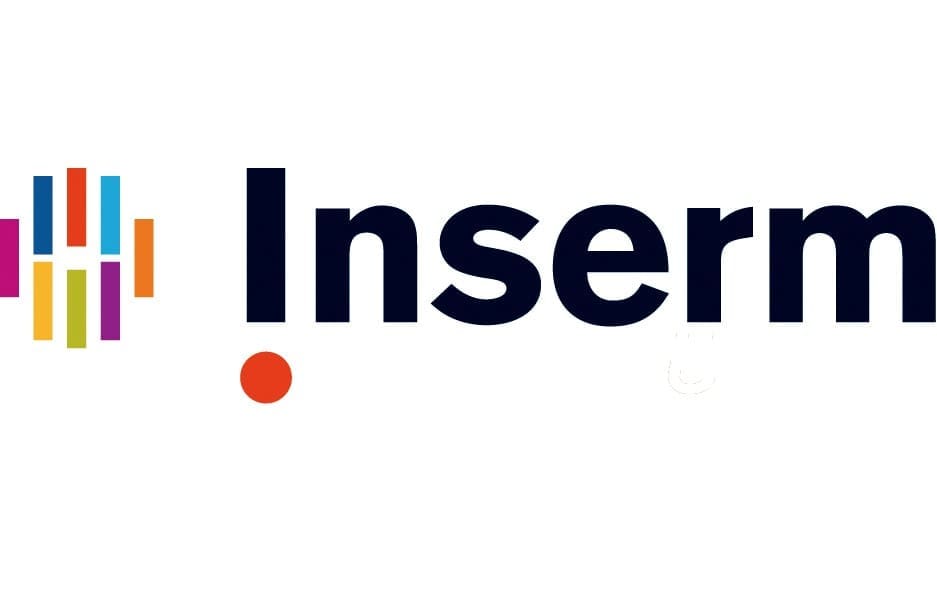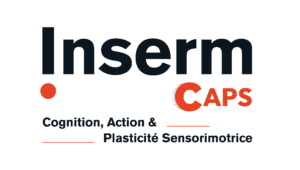Alain Martin

- PU
- alain.martin@u-bourgogne.fr
- 03 80 39 67 06
- 03 80 39 67 49
- 120
-
Laboratoire INSERM U1093
Université de Bourgogne
Faculté des Sciences du Sport (UFR Staps)
BP 27877
21078 Dijon
France
PROFIL
Plasticité neuromusculaire, neurophysiologie, renforcement musculaire, vieillissement
| 1994 | Doctorat de l’Université de Bourgogne, Université Montpellier 1 (France) « Propriétés viscoélastiques du système musculaire. Approche expérimentale et modélisation ». |
| 2000 | Habilitation à diriger des recherches |
La thématique de mes activités de recherche s’intéresse principalement à la plasticité du système neuromusculaire en fonction de la demande fonctionnelle. Plus spécifiquement, elle concerne l’analyse des adaptations nerveuses (spinales et corticales) et musculaires induites par différents types de sollicitation (électrostimulation, contraction imaginée, contraction excentrique) appliqués de manière aigüe et / ou chronique.
Biomécanique, physiologie musculaire, plasticité du système neuromusculaire
PUBLICATIONS
Article scientifiques dans des revues internationales ou nationales avec comité de lecture répertoriées
2021
Bouguetoch A, Martin A, Grosprêtre S (2021) Does partial activation of the neuromuscular system induce cross-education training effect? Case of a pilot study on motor imagery and neuromuscular electrical stimulation. European Journal of Applied Physiol 121(8):2337-2348 (IF : 3,47)
Bouguetoch A, Martin A, Grosprêtre S (2021) Insights into the combination of neuromuscular electrical stimulation and motor imagery in a training-based approach. European Journal of Applied Physiology. 121(3):941-955. (IF : 3,47)
Vitry F, Papaiordanidou M, Martin A (2021) Mechanisms modulating spinal excitability after nerve stimulation inducing extra torque. Journal of Applied Physiology 131(3):1162-1175 (IF : 3,46)
2020
Bouguetoch A, Grospretre S, Martin A (2020) Optimal stimulation parameters for spinal and corticospinal excitabilities during contraction, motor imagery and rest: A pilot study. Plos One 15(6):e0235074 (IF : 3,20)
Clos P, Garnier Y, Martin A, Lepers R (2020) Corticospinal excitability is altered similarly following concentric and eccentric maximal contractions. European journal of applied physiology 120(6):1457-1469. (IF : 3.08)
Grosprêtre S, Bouguetoch A, Martin A (2020) Cortical and Spinal Excitabilities Are Differently Balanced in Power Athletes. European Journal of Sport Science 20(3):415‑25. (IF :4)
Grosprêtre S, Papaxanthis C, Martin A (2020) Corticospinal Modulations during Motor Imagery of Concentric, Eccentric, and Isometric Actions. Medicine and Science in Sports and Exercise 52(5):1031‑40. (IF :5.4)
Neige C, Grosprêtre S, Martin A, Lebon F (2020) Influence of Voluntary Contraction Level, Test Stimulus Intensity and Normalization Procedures on the Evaluation of Short-Interval Intracortical Inhibition. Brain Sciences 10(7):433. (IF: 3,39)
2019
Garnier Y, Paizis C, Martin A, Lepers R (2019) Corticospinal excitability changes following downhill and uphill walking. Experimental Brain Research 237(8):2023-2033. (IF : 1,59)
Grosprêtre S, Lebon F, Papaxanthis C, Martin A (2019). Spinal plasticity with motor imagery practice. Journal of Physiology597(3) : 921-934. (IF : 4,6)
Vitry F, Martin A, Deley G, Papaiordanidou M (2019) Effect of reflexive activation of motor units on torque development during electrically evoked contractions of the triceps surae muscle. The Journal of Applied Physiology, 126: 386-392, 2019. (IF : 3,04)
Vitry F, Martin A, Papaiordanidou M (2019) Impact of stimulation frequency on neuromuscular fatigue. European Journal of Applied Physiology 119(11-12):2609-2616 (IF : 2,58)
Vitry F, Martin A, Papaiordanidou M (2019) Torque gains and neural adaptations following low intensity motor nerve electrical stimulation training. European Journal of Applied Physiology 127(5):1469-1477 (IF : 3,04)
2018
Grosprêtre S, Gueugneau N, Martin A, Lepers R (2018) Presynaptic inhibition mechanisms may subserve the spinal excitability modulation induced by neuromuscular electrical stimulation. Journal of Electromyography and Kinesiology 40:95–101. (IF : 1,75)
Grosprêtre S, Gimenez P, Martin A (2018) Neuromuscular and electro-mechanical properties of ultra-power athletes: the traceurs. European Journal of Applied Physiology 118:1361-1371. (IF :3,06)
Traverse E, Lebon F, Martin A (2018) Corticospinal and Spinal Excitabilities Are Modulated during Motor Imagery Associated with Somatosensory Electrical Nerve Stimulation. Neural Plasticity 2018:8265427 (IF : 3,59)
2017
Grosprêtre S, Gueugneau N, Martin A, Lepers R (2017) Central Contribution to Electrically Induced Fatigue depends on Stimulation Frequency. Medicine and Science in Sports and Exercise 49:1530–40. (IF : 4.29)
Grosprêtre S, Jacquet T, Lebon F, Papaxanthis C, Martin A (2017) Neural mechanisms of strength increase after 1-week motor imagery training. European Journal of Sport Science 18(2):209-218 (IF : 2.58)
2016
Grosprêtre S, Lebon F, Papaxanthis C, Martin A (2016) New evidence of corticospinal network modulation induced by motor imagery. Journal of neurophysiology 115:1279-1288. (IF : 2.4)
Grosprêtre S, Duclay J, Martin A (2016) Assessment of homonymous recurrent Inhibition during voluntary contraction by conditioning nerve stimulation. Plos One 11(11):e0167062. (IF : 2.81)
Martin A, Grosprêtre S, Vilmen C, Guye M, Mattei JP, Le Fur Y, Bendahan D, Gondin J (2016) The etiology of muscle fatigue differs between two electrical stimulation. Medicine and Science in Sports and Exercise 48:1474-1484. (IF : 4.14)
Papaiordanidou M, Mustacchi V, Stevenot JD, Vanoncini M, Martin A (2016) Spinal and Supraspinal Mechanisms Affecting Torque Development at Different Joint Angles. Muscle and Nerve 53:626-632. (IF : 2.61)
Papaiordanidou M, Takamatsu S, Mazinani SR, Lonjaret T, Martin A, Ismailo E (2016) Cutaneous recording and stimulation of muscles using organic electronic textiles. Advanced Healthcare Materials 5(16):2001-6. (IF : 5,76)
Scaglioni G, Narici MV, Martin A (2016) Neural Activation During Submaximal Contractions Seems More Reflective of Neuromuscular Ageing than Maximal Voluntary Activation. Frontiers in aging neuroscience 8:19. (IF : 4.5)


